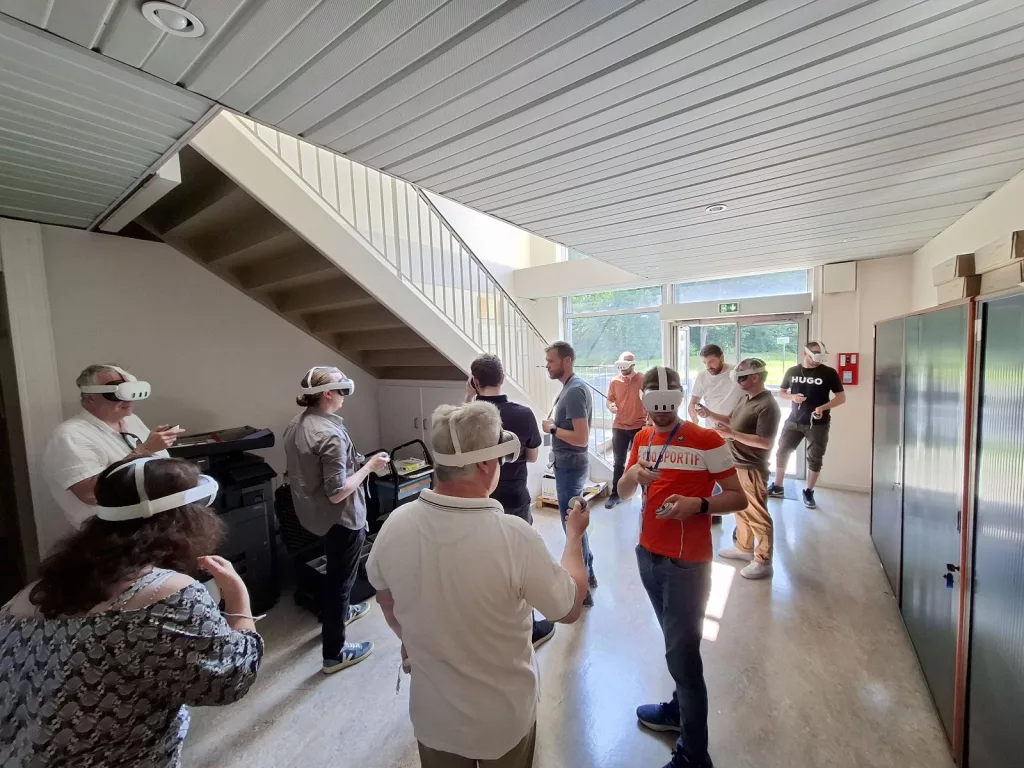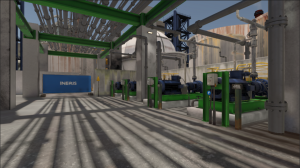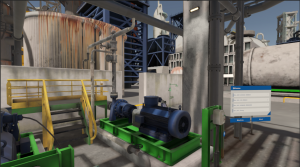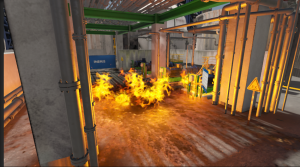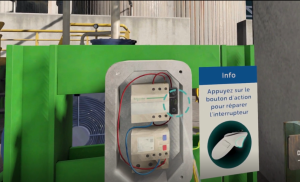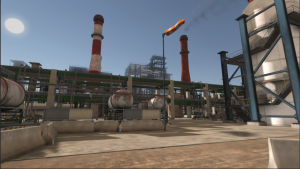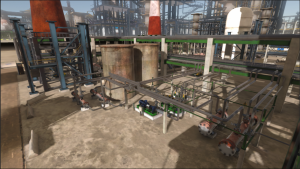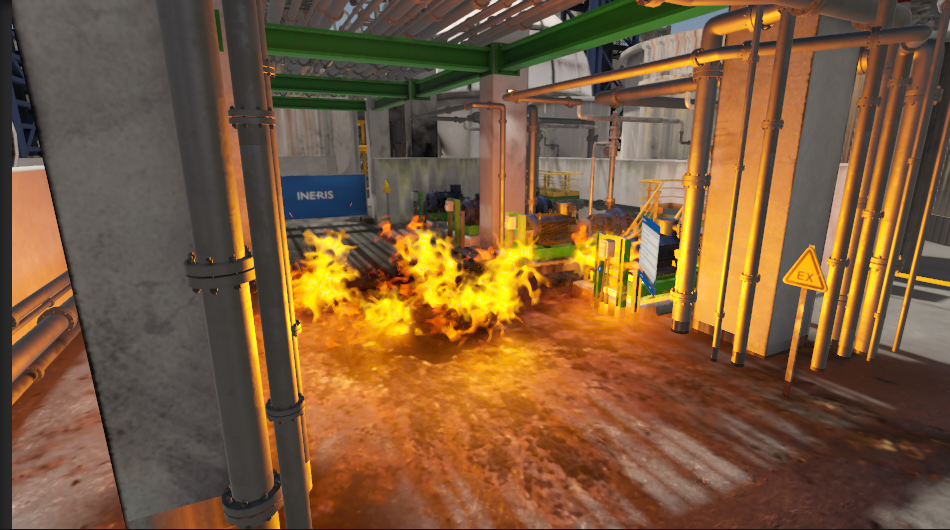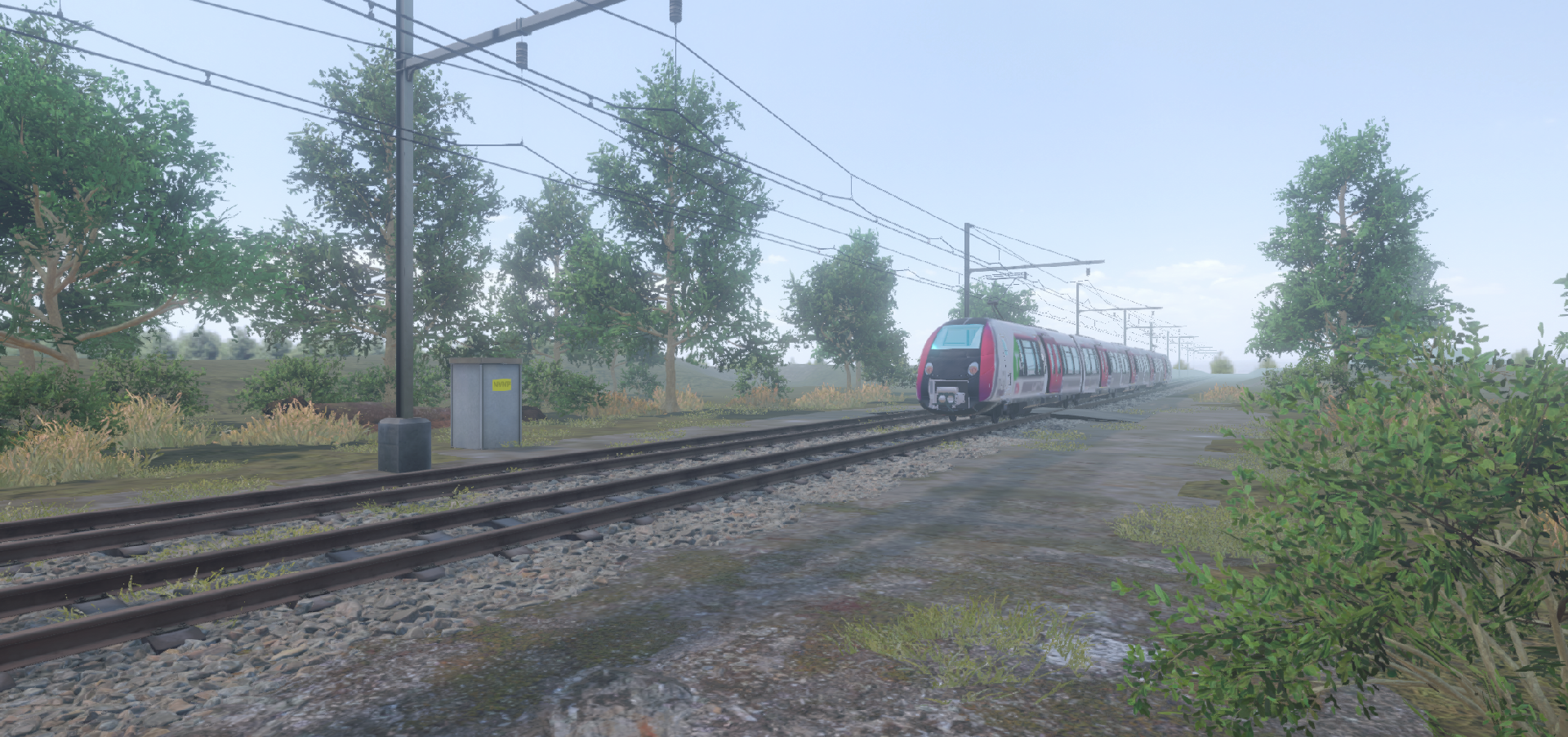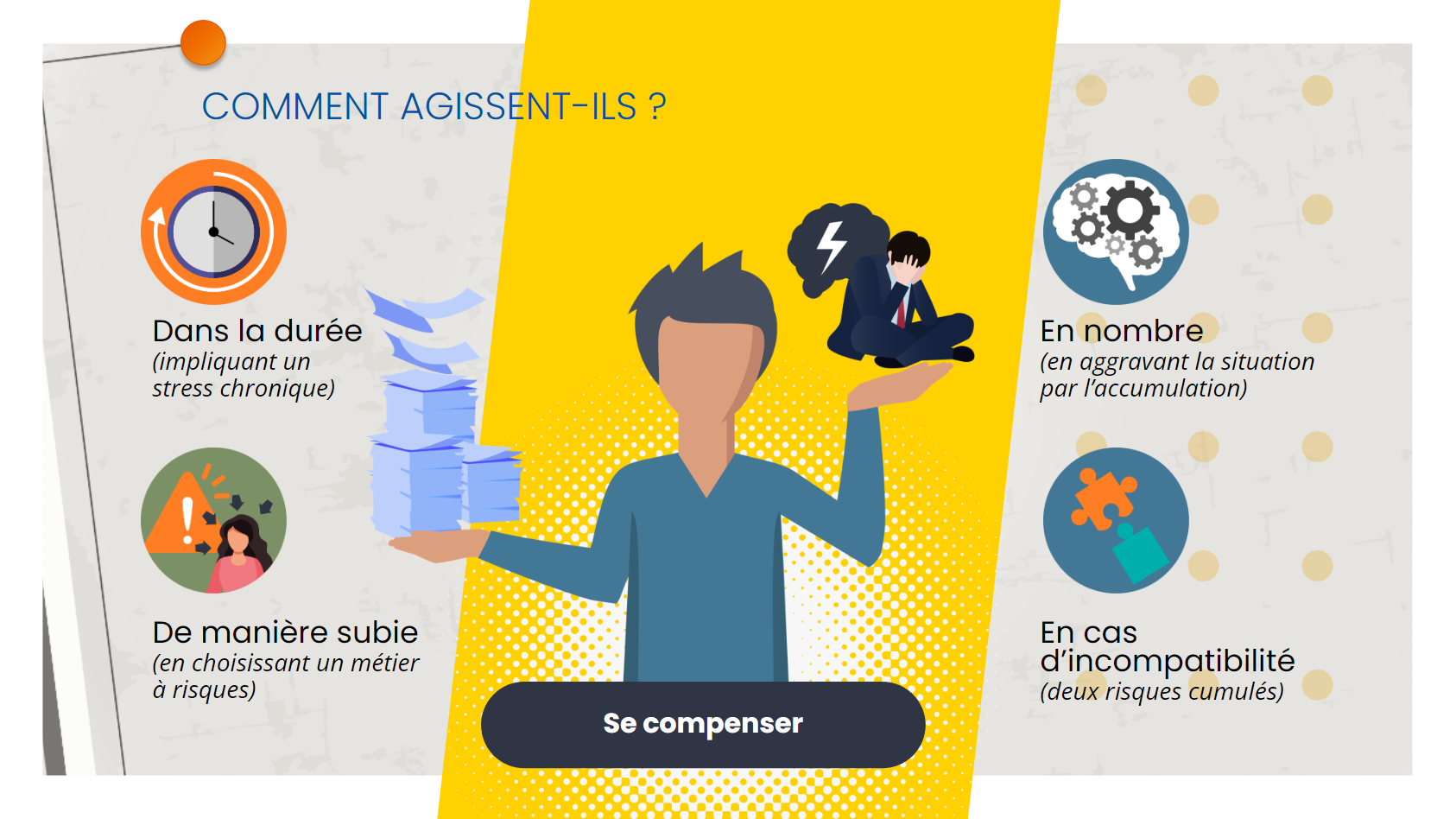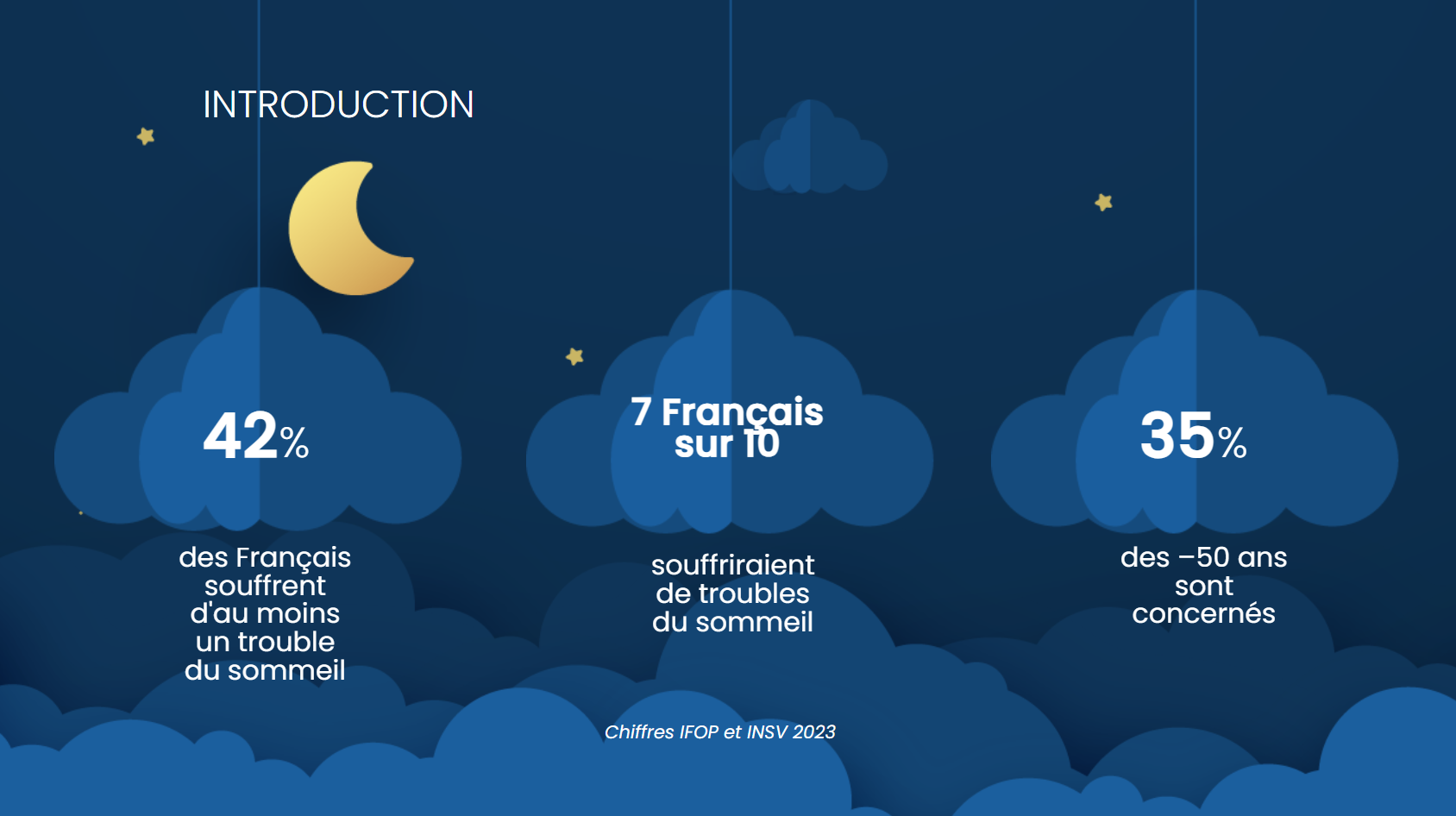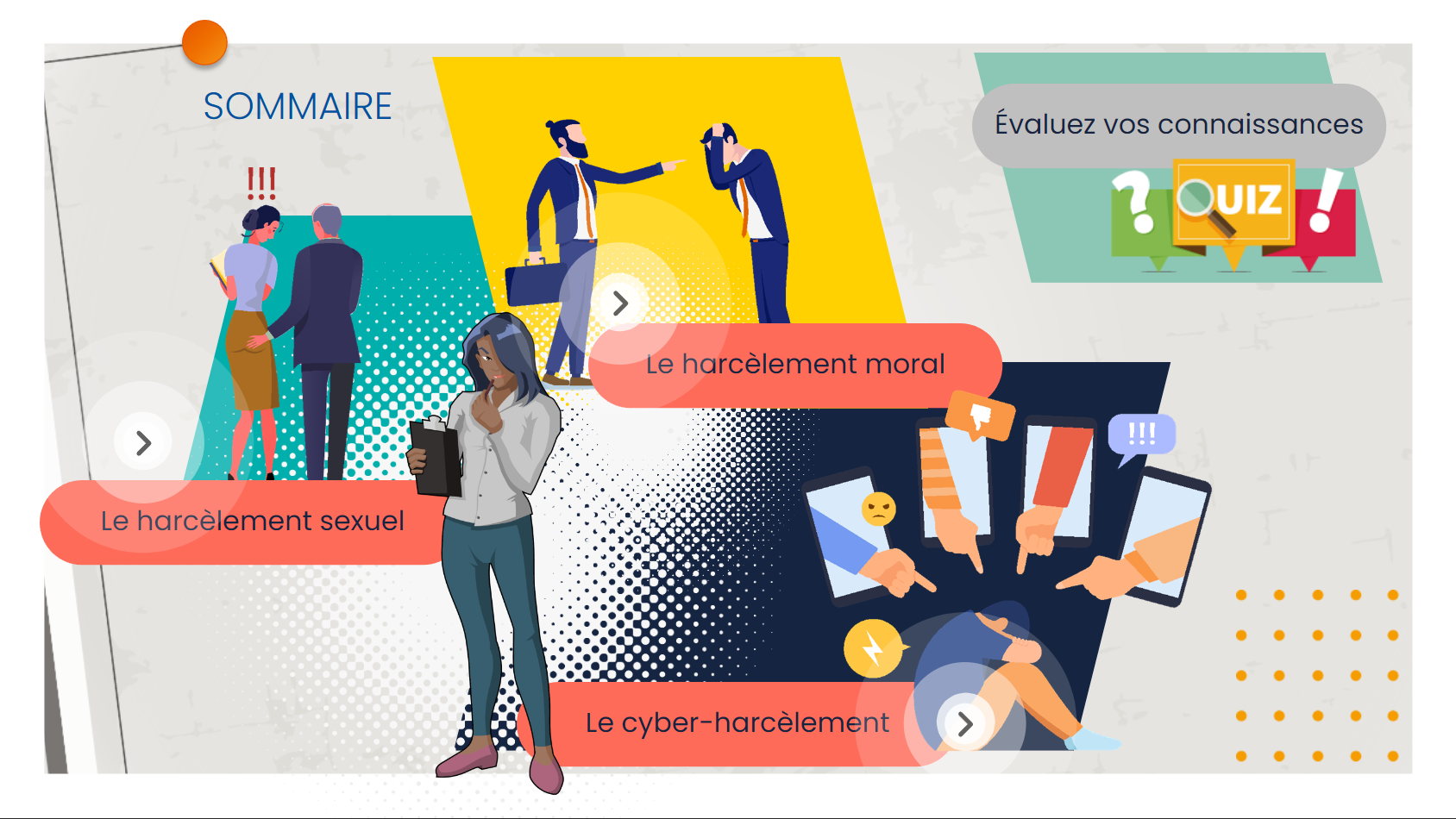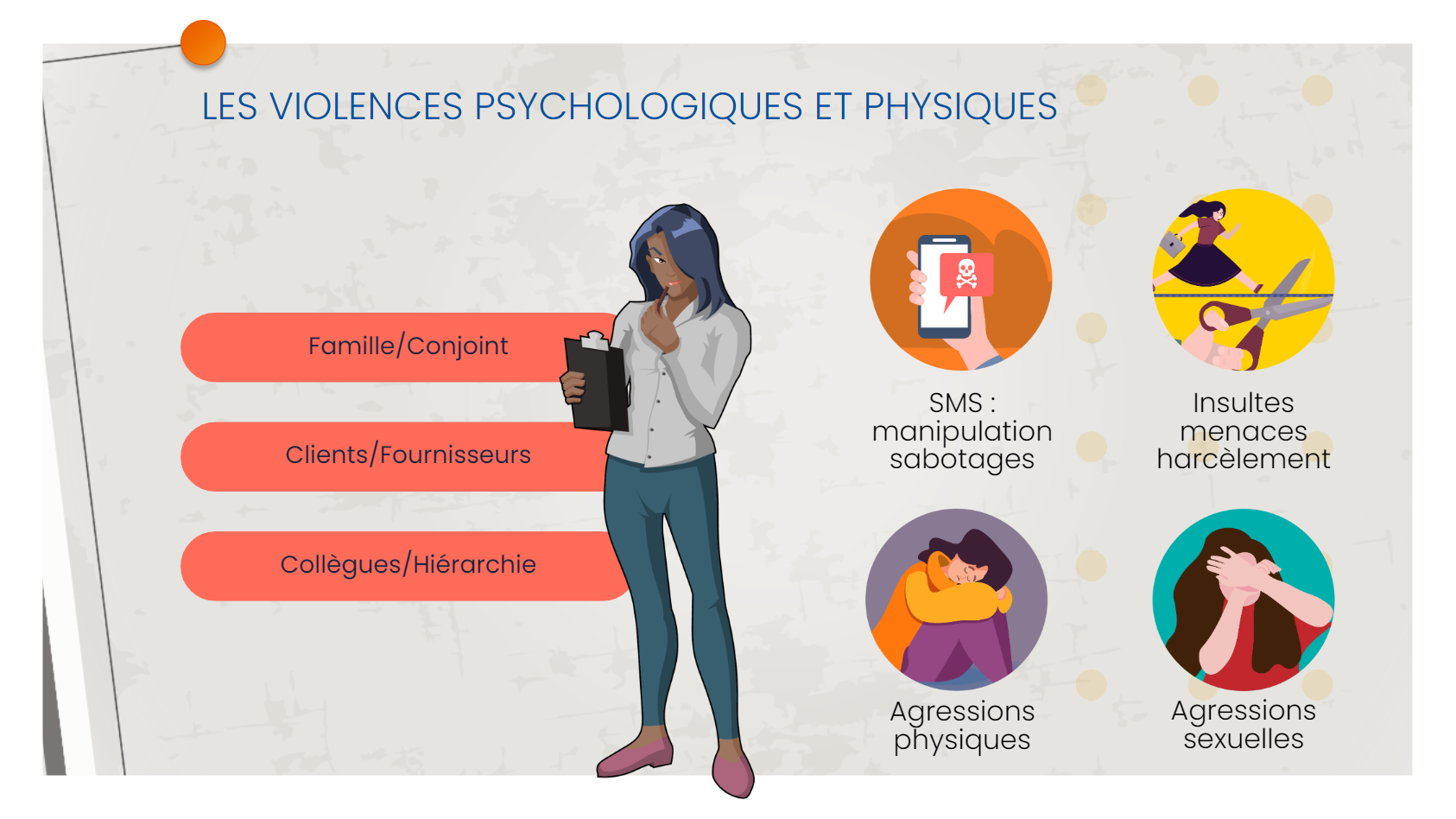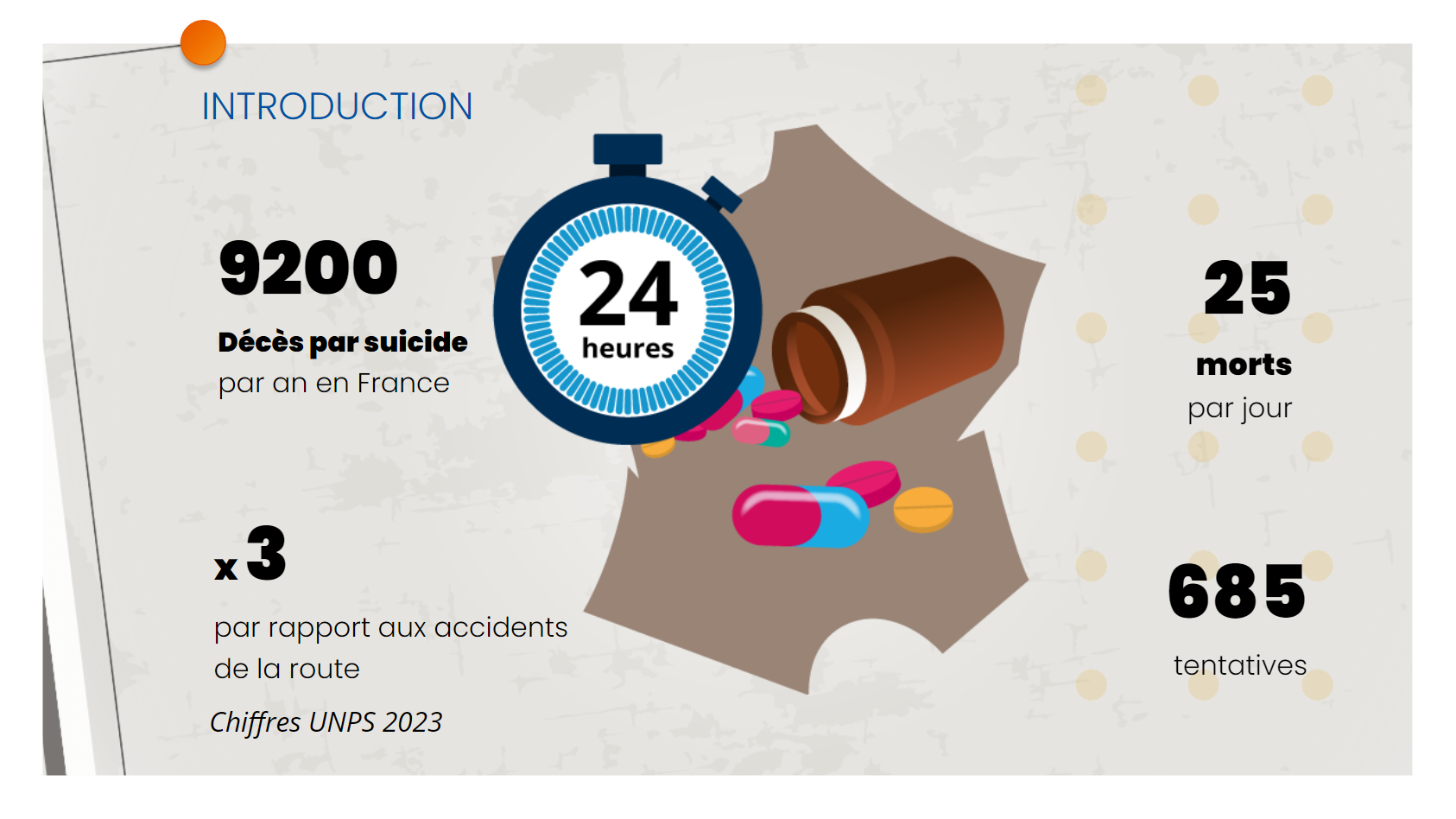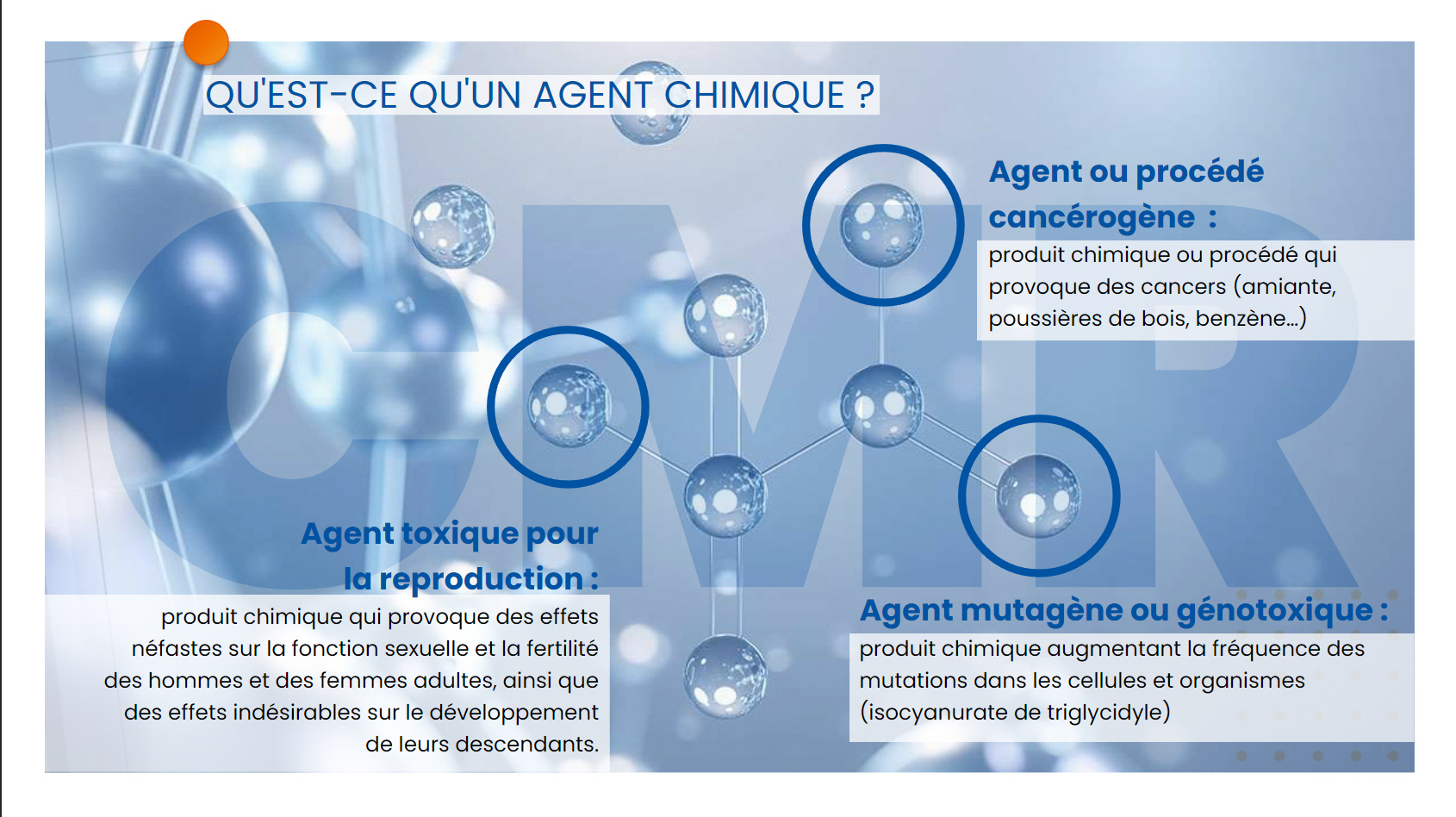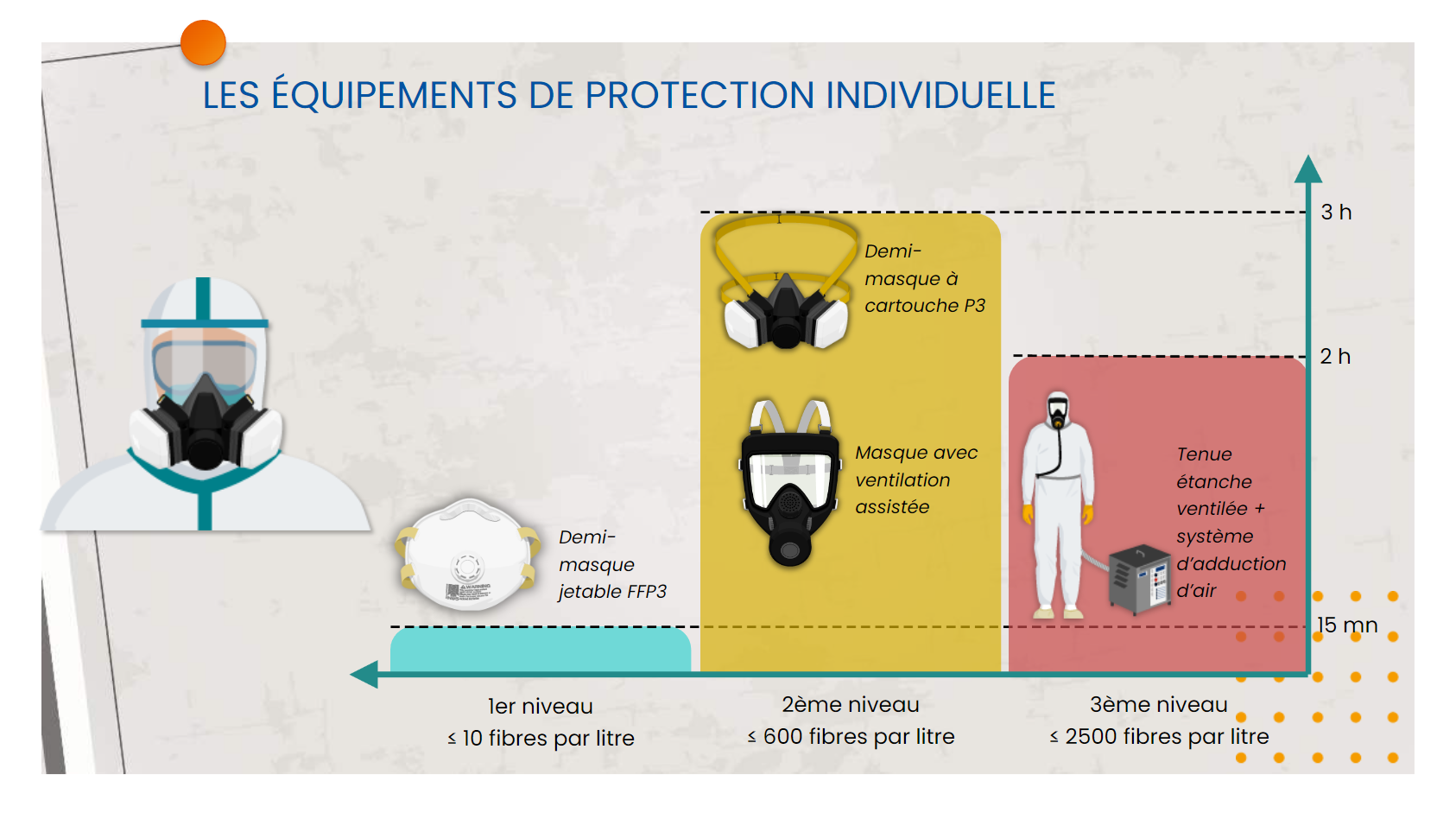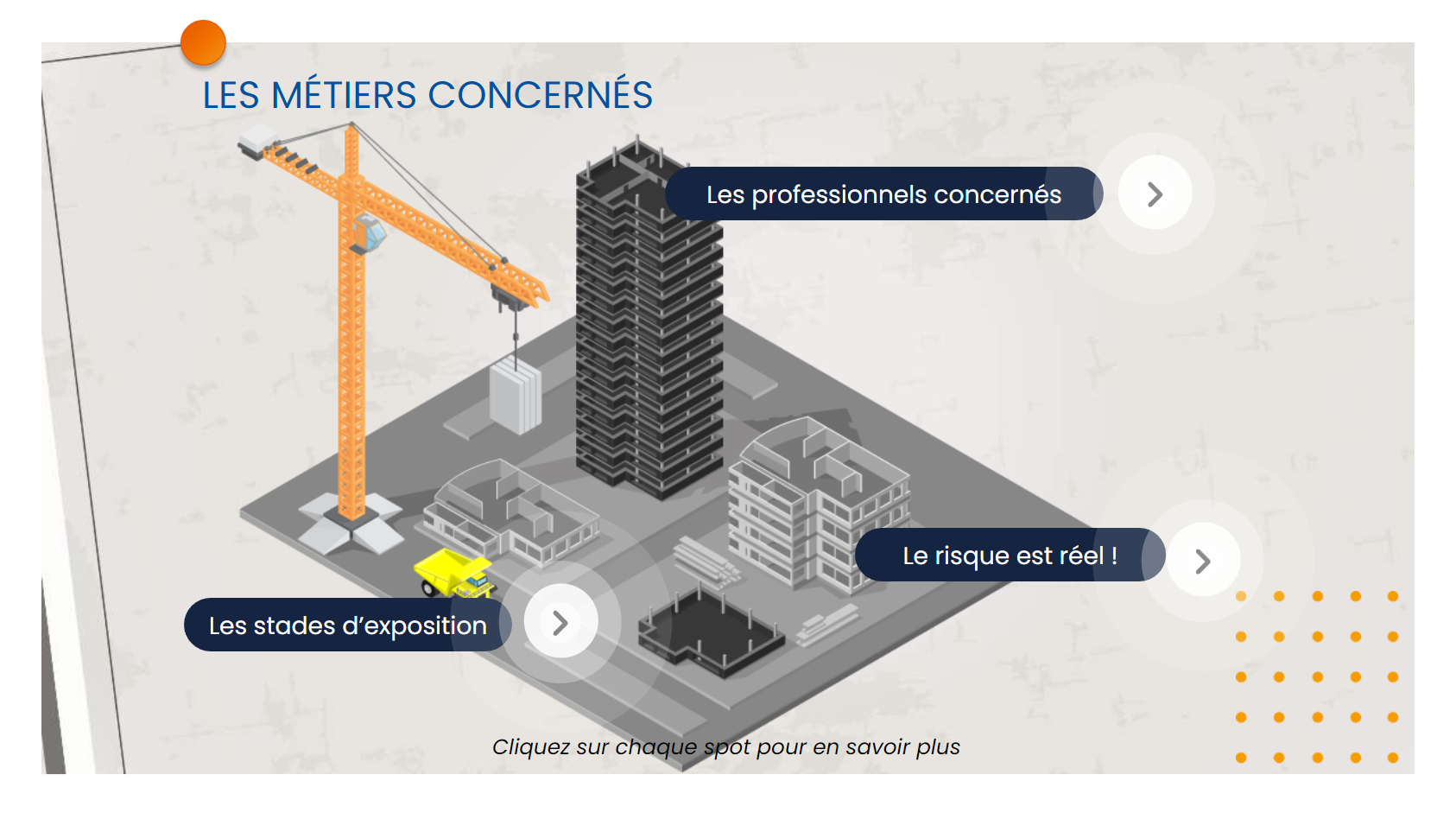Explosive atmospheres (ATEX) represent a major risk in many industrial sectors where mixtures of flammable gases, vapors, or dust can cause explosions. Regulations require a thorough risk assessment and the use of appropriate equipment to prevent these dangers.
Specializing in the prevention of industrial and environmental risks, Ineris (National Institute for Industrial Environment and Risks) develops tools, training, and certifications that help industries comply with regulations and adopt safe practices. Ineris offers comprehensive ATEX training, including specialized modules on risk assessment (ATEX zoning) and equipment management.
The Ism-ATEX certification training, recognized in France and internationally, is the only certification course in this field. In 2019, an e-learning module was developed to make access to this training more flexible and modern.
In a bid for innovation and to strengthen its position as a leader, Ineris introduced a virtual reality simulator (developed by Audace) that includes two immersive scenarios. These scenarios provide realistic situations and allow for the application of essential safety measures.
DEVICE
Virtual reality simulator consisting of two scenarios:
- The first scenario involves a technical intervention on an ATEX pump set and the preparation of work in a hazardous area. The learner is faced with a gas leak that they must stop as quickly as possible to avoid an explosion.
- In the second scenario, the learner must perform first-level maintenance operations (inspection, cleaning, and replacement of parts) and recommission the pump. This scenario, which also takes place in an ATEX zone, includes gas measurements, validations or refusals, triggering the emergency alarm, etc.
TARGET
Any person required to work in an ATEX zone.
OBJECTIVE
Training to intervene in ATEX zones safely.
